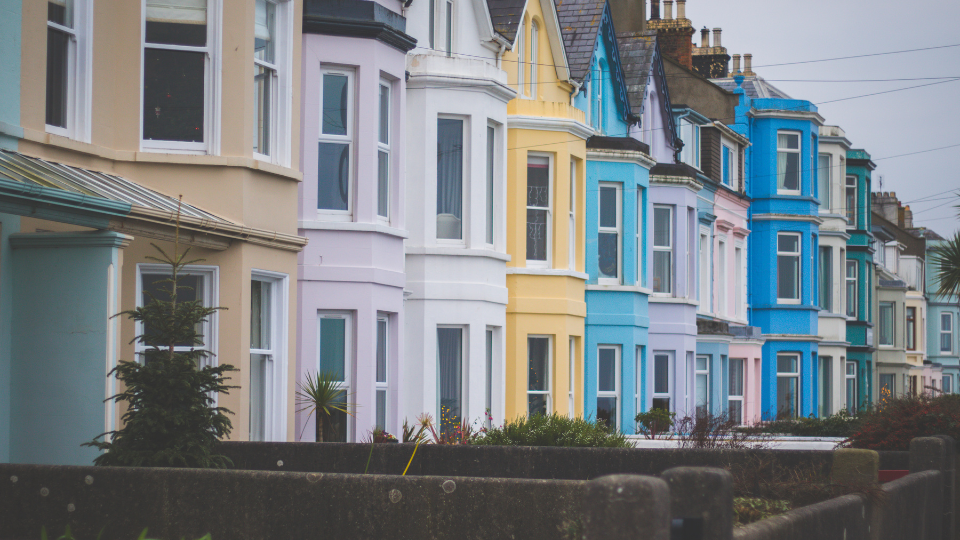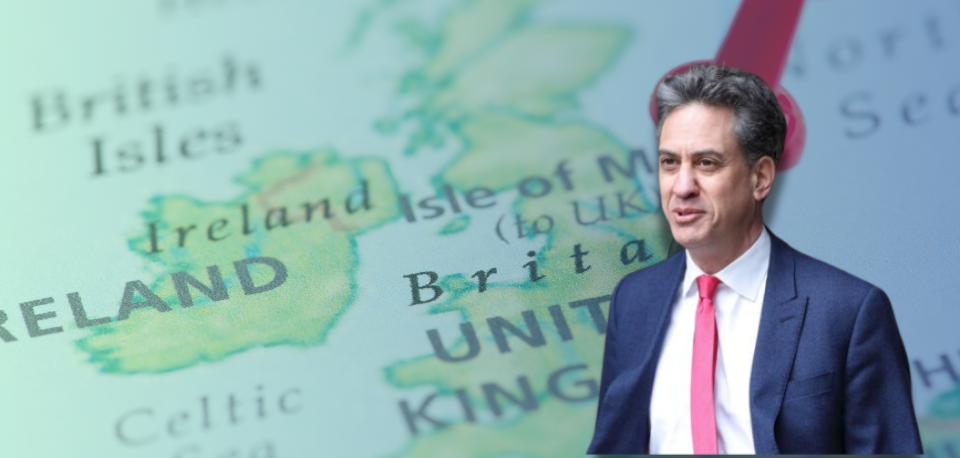Breaking: Annual Energy Bills Set to Drop by £166 in July
Energy prices are expected to drop in July, marking a reversal of three consecutive increases in Ofgem’s price cap

Energy prices are expected to drop in July, marking a reversal of three consecutive increases in Ofgem’s price cap

Energy Secretary Ed Miliband has confirmed the government is exploring a major shake-up in how electricity is priced in

Climate change may seem like a modern concern, but environmental protection has been on the global agenda for decades. O